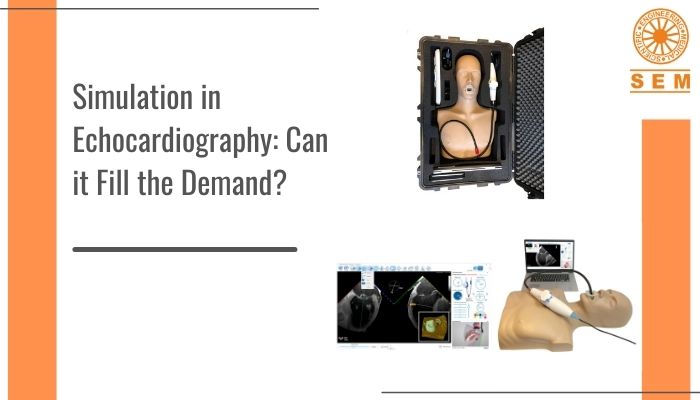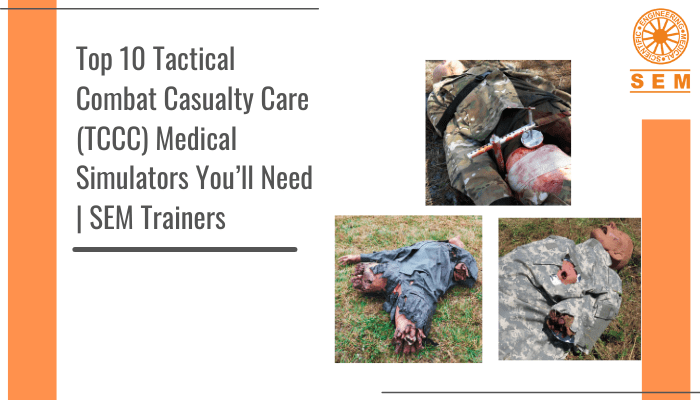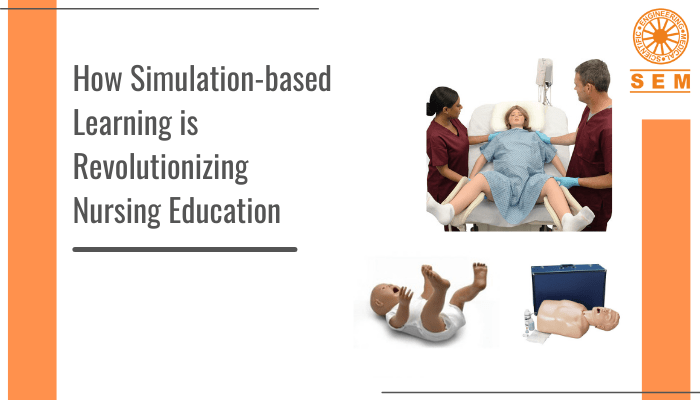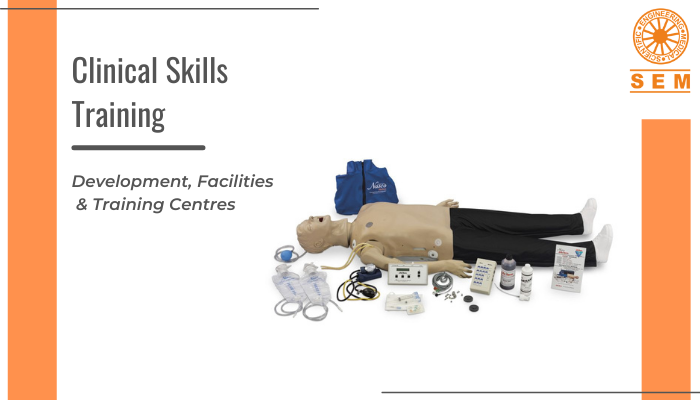Simulation in Echocardiography: Can it Fill the Demand?
Echocardiography, which is the use of ultrasound waves to observe the action of the heart, is known to be notoriously difficult to learn and requires extensive training to master. Can simulation in echocardiography be the answer to the growing demand?
Echocardiography needs a lot of skill to master
Today, cardiovascular diseases are one of the most common causes of death around the globe. And as they become more prevalent, the demand for diagnosis also increases. Since echocardiography is an affordable, non-invasive imaging technique that delivers immediate results, it is of importance to see how we can improve the learning process for aspiring learners. But it is difficult to learn.
Apart from being technically competent and practically skilled in what they do, echocardiographers need to understand:
- The physics behind the modalities
- Sufficient knowledge of the anatomy
- The physiology and pathology of the heart
It is hard enough to handle the transducer and connect it to the heart’s anatomy, but they need to understand the basics of ultrasound physics and extract and assess information of the 3D heart from a 2D image.
Challenges to Learning Echocardiography
A 2019 study by Dieden, Carlson, and Gudmundsson discovered the main challenges to learning echocardiography, and the things that could aid the learning. Students found the main challenges to be:
- The projections: It can be a sizeable task to steer the transducer and obtain a projection, and then make sense of it. And it can be hard for the students to link the projections to where in the heart the ultrasound beam cut.
- Handling the probe: It can be hard for learners to figure out where to place, angle, and turn the transducer for some projections. They can be clueless about how to position and turn the transducer if they never have any practice.
- Connecting ultrasound physics and measurements to practical application: Students can find it difficult to link the theory of ultrasound physics to practical performance with the machine.
Things That Help Students Learn Better
The study mentioned above also stated 5 things that would improve learning:
- Immediate feedback: Real-time feedback and correction from instructors and the screens on the task trainers can improve the learning process; like if the screen can tell them whether they have placed the transducer correctly
- Playing with the ultrasound machine: it allows learners to use the machine firsthand where no button is off-limits and nothing can go wrong
- Video lectures
- The possibility to swiftly alternate between practice and theory: while getting hands-on experience with the ultrasound machine helps learners practice what they just learned, it also helps them understand when and how to apply some concepts and measurements in the clinical setting
- Learning by their mistakes in a risk-free environment without serious consequences: Students learn to accept that making mistakes is a positive part of the learning process and can make them better at the task
It is interesting to see that 4 out of the 5 things mentioned above can be achieved with the help of manikins and simulators. Using a manikin helps students learn echocardiography in a way that lets them truly understand the fundamentals behind what they are learning, and can even help learners link the anatomy of the heart, placing the probe, and the location of the beam. Echocardiographic simulation can aid traditional training strategies and improve their efficiency.
It can be hard to get real heart patients for learners to operate on. Additionally, if they do learn by operating on real patients, it can make the patients uncomfortable, put them at risk, and breach their privacy. And it can be hard for teachers to explain concepts to learners while managing the needs of a live patient.
It is well-known how simulators allow repeated practice of diverse scenarios ranging from high-risk to rare, and have been adopted into medical and surgical training. Numerous studies have proved that using simulations and mannequins for learning echocardiography is largely beneficial.
By incorporating simulation in echocardiography, learners profit by shorter learning times(by accelerating the learning process), better outcomes, and lower complication rates. They learn to manipulate the transducer better and angulate it to the skin safely, and comprehend the projections easily. Finally, incorporating simulation in echocardiography helps produce competency.
Read more blog :





